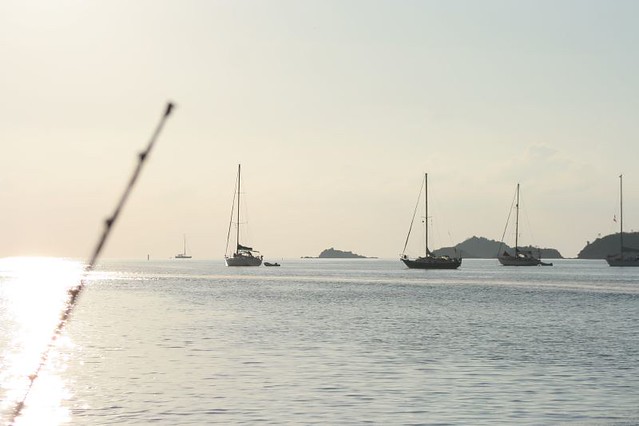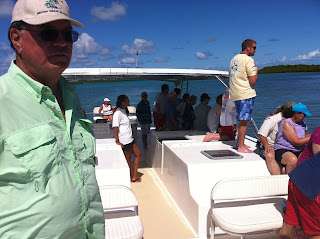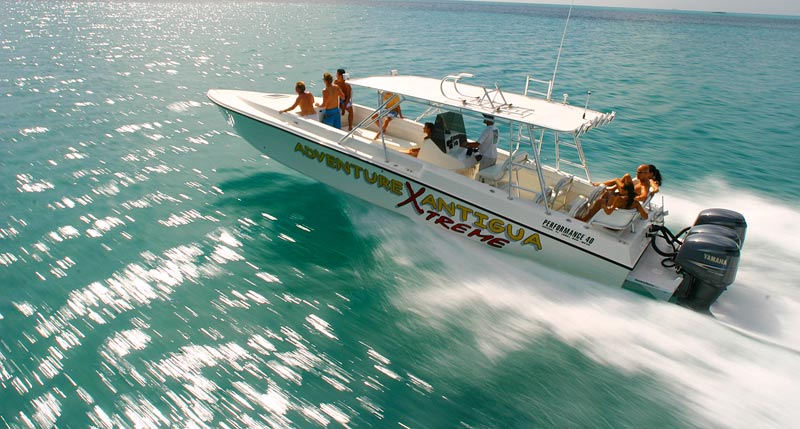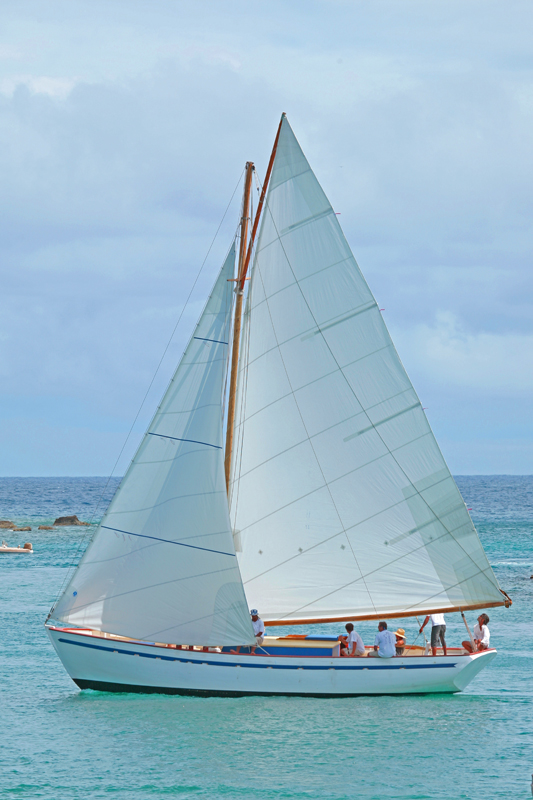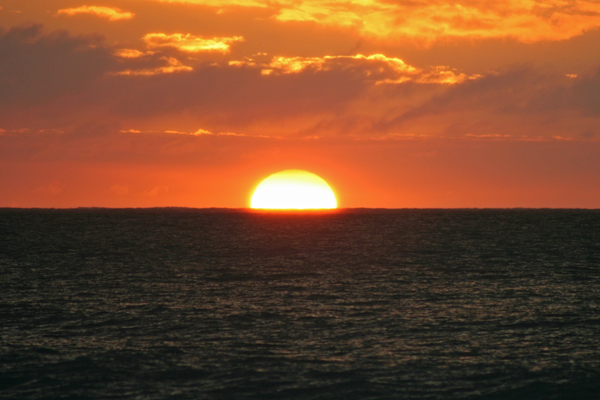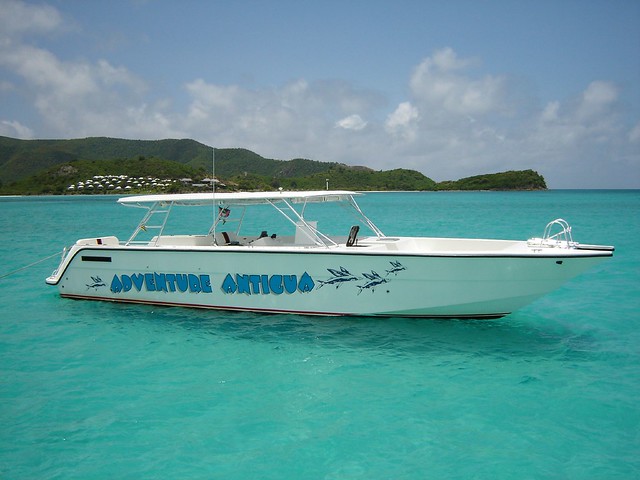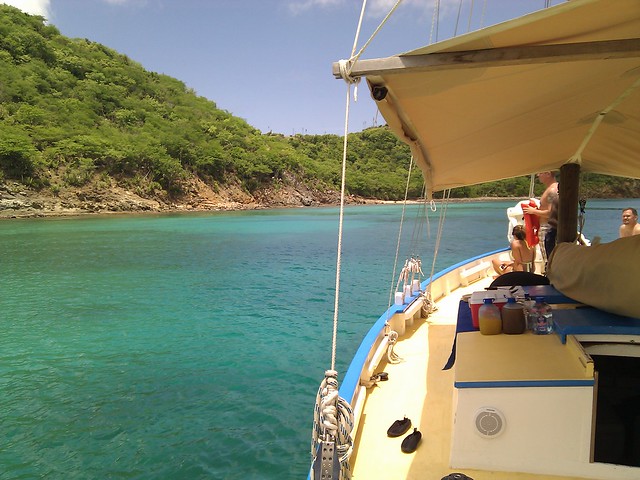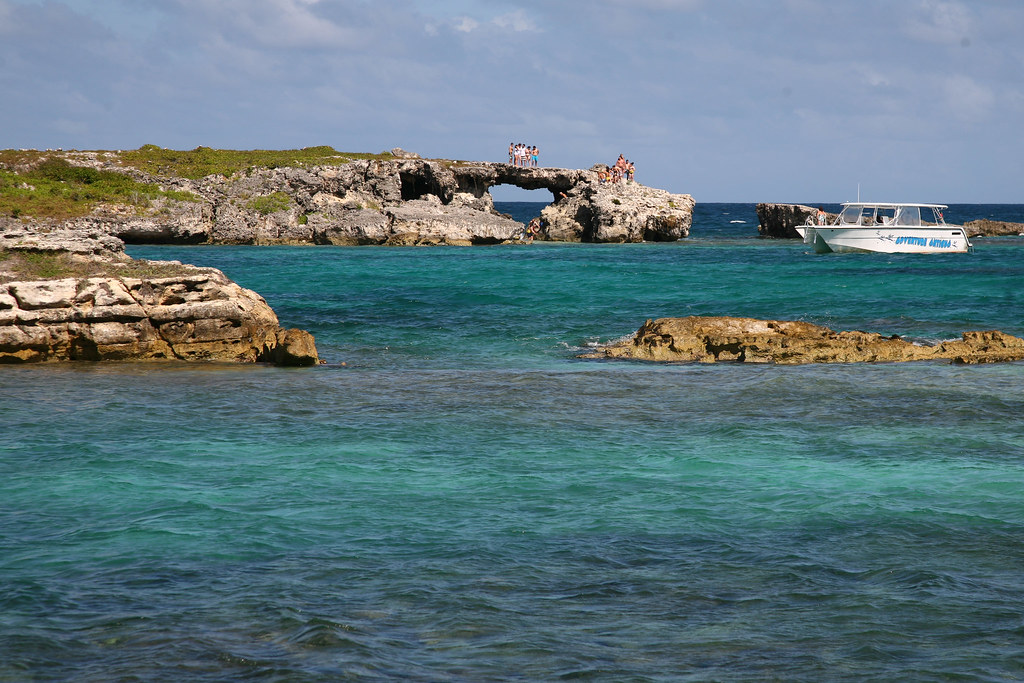I have spent almost a year researching the subject of China’s diplomatic relationship with Antigua and Barbuda (AG) and the environmental consequences of this relationship. The recent heightened interest in this subject in AG has prompted me to write this piece.
Much of China’s interaction with large developing countries, such as within Africa and South America, has been well documented due to China’s huge appetite for natural resources to support their economic growth (Saich, 2011). With the exception of the issue of the ‘One China’ policy and Taiwan, a neglected theme throughout literature has been China’s policy and influence towards small developing nations especially towards small island developing states (SIDS) like AG. The recent increase in the level of Chinese attention in the small island nation of AG has piqued the interest of many. From the perspective of SIDS the implications of this developing diplomatic relationship could not only be extensive but could also be very important for the future of both national and international environmental standing as China appears to not have received much in return so far (Fieser, 2011). This is a concern because AG lacks any natural resources of significance and no country gives financial aid without it being ultimately beneficial to them. The result could be detrimental to AG and there is a fear of SIDS like AG being in a state of perpetual aid dependency.
First I am going to outline the environmental situation of AG as an integral part of the Caribbean and as a nation itself and I will then move to the beginning and subsequent development of AG’s diplomatic relations with China and the resulting impacts on our extremely important and sensitive environmental systems. Finally I will argue that if it were not China's presence in AG and the region, another country would fill it's place. Historically it has been shown that every country providing aid to the region has had their own agenda.
AG and it’s sensitive environment
Since the beginning of colonisation in 1632 by England the twin island state has been plagued with environmental destruction and degradation through the conversion of the natural vegetation into tobacco, cotton and sugar plantations and as a result AG and the Caribbean region as a whole currently maintains only 11.3% of its original biological habitat (Mittermeier et al., 1999). Even with this historical degradation, the Caribbean region and AG in particular have been highlighted in numerous reports and multilateral environmental agreements (MEAs) as having high levels of endemism, high numbers of species per unit area and many regionally important habitats. Therefore as a region the Caribbean “could arguably be considered the highest-priority hotspots of all” (Mittermeier et al.,1999: 53) for biodiversity conservation within any global strategy (GoAB, 2008; Sullivan Sealey and Bustamante, 1999). Further, there is a strong economic dependence on the important linkages between the terrestrial and marine environments (Conway and Lorah, 1995) and conservation should therefore be of high priority within any government agenda.
AG unfortunately has a lack of protected areas and even the areas that are under protection suffer from a major lack of monitoring, regulation and enforcement (Albuquerque and McElroy, 1995). Today the main contributor to AG’s GDP is the tourism sector which again, more often than not, is associated with severe environmental degradation due to unregulated development and lack of monitoring and enforcement by government institutions. There are over forty pieces of legislation in AG that govern different aspects of the environment none of which give the Environment Division any authority. The Environmental Protection and Management Bill has been in draft form since 2003 leaving the Environment Division with no real legal basis to be able to carry out their work. Most of the forty plus pieces of legislation are legislation which “is out-dated and needs to be reassembled and realigned in a more coherent manner, and does not reflect the changes required by the regional and international Conventions to which the country is Party” (GoAB, 2008: 17).
The weak national agenda to protect AG’s environment is in direct contradiction to AG’s strong standing in the international community regarding to its involvement with the majority of multilateral environmental agreements (MEAs). As a small developing country, AG is not only vulnerable to the impacts of global environmental change, but is a minor contributor to these problems. Yet, as a member of the Organisation of Eastern Caribbean States (OECS), the Caribbean Community (CARICOM), the Alliance of Small Island States (AOSIS), the Group of 77 and China, and Group of Latin America and Caribbean Countries (GRULAC) among others, AG is at the forefront of many environmental MEAs including climate change negotiations representing the most vulnerable. This position has unfortunately been compromised in the past as a result of financial aid provided by other countries e.g. with Japanese aid and AG’s voting in the International Whaling Commission. If AG can change its position at the IWC as a result of financial aid received from the Government of Japan, it is arguable this could also occur within other international agreements in which a donor country has its own agenda.
AG and China
AG established diplomatic relations with China in 1983, soon after independence from the British Empire in 1981. Over the following decades the economic and political power of China has been ever increasing, as has its interest within the Caribbean region and Latin America. In 2009 trade between China and the Caribbean reached US5.5 billion and China’s foreign direct investment into the Caribbean region reached US8.6 billion (Shooman, 2011). China generally promotes a ‘dollar diplomacy’ throughout the Caribbean and traditionally in exchange these countries which have good diplomatic relations with China, side with China in the ‘One-China’ policy within the UN (Sutter, 2010). Recently there has been a massive increase in Chinese aid in the form of loans and grants, received for developmental projects in AG. All of these projects have been designed by Chinese architects, constructed by Chinese labourers, made of imported Chinese materials and funded by Chinese dollars, which is normal procedure for Chinese aid (Sanders, 2010). The following are the projects that have been funded by China to date (the environmental implications of one of these will be discussed in detail below):
- Rehabilitation of Big Creek bridge
- Renovation of Grays Farm gutter drainage
- Chinese Multipurpose Cultural Centre in Antigua
- Electrification of KV-69 cable
- Development of the Free Trade Zone
- Reconstruction of Darkwood Beach bridge
- Mount St. John’s Hospital
- Sir Vivian Richards Cricket Stadium
- Government to Government scholarships
- Green Castle Nursery
- Grays Farm Reservoir
- Island Wide Street Lighting Project
- Generators for APUA
- Chinese Cultural Centre in Barbuda
- Construction of new airport terminal
Island Wide Street Lighting Project (First Phase)
There have been several major environmental concerns about the implementation of the first phase of the Island Wide Street Lighting Project that have been voiced by environmental activists, NGOs and Government Agencies within AG. The first and most ecologically important implication of the street lights is that they run along many of the most important beaches for turtle nesting in AG, especially for the Critically Endangered Hawksbill and Leatherback Turtles. Direct lighting on or near beaches creates a high risk for nesting turtles and hatchlings as they are naturally attracted to illuminated areas. There have been several documented instances in the last year where baby turtles have been found dead on these roads travelling away from the ocean. Many of the street lights are also placed along mangrove ponds and swamps in which many internationally threatened birds species nest and so could have displacement impacts on these resident and migratory populations.
Apart from the negative implications that the lighting project has and will have on the ecology, the project does not appear to be in line with the newly formed Energy Desk that resides within the Office of the Prime Minister. The Energy Desk, established in the beginning of 2010, is mandated to ensure energy efficiency and develop a National Energy Policy and Sustainable Energy Plan for AG. A Government press release in February 2010, stated that "the National Energy Task Force will play an essential role in advising the Government on prospective energy-related research and development projects and in identifying and championing key activities geared towards increasing energy efficiency and conservation" (GoAB Press Release, 2010). The street lighting project may have been implemented prior to the formation of the Energy Desk but this does not alter the fact that no consultations were carried out with the any of the Government Agencies able to provide environmental advice on either national environmental issues, or obligations and objectives in the international arena. Further to this, China is the “world’s leading manufacturer of solar photovoltaic technology and it vying to take the lead in other critical renewable and low-carbon technologies” (Saich, 2011: 356) and this technology should have been requested as the highest priority. All of this said without even mentioning the current state and upkeep of these lights by APUA plus the fact that this is only the first phase of this project.
The cost of this project to the country in economic and environmental terms is extensive. First and foremost there is the obvious environmental cost of this project: light pollution, the impacting and killing of internationally threatened and endangered species, increase in emissions and other associated environmental power production costs from the amount of electricity needed to power the lights. The economic cost not only comes from the of the upkeep of these lights and the energy cost of running these but also the subsequent burden and cost of changing these lights in the near future to hopefully be in line with the objectives of the “National Energy Policy and Sustainable Energy Plan”. While the rest of the world are turning off their lights and switching more energy efficient means, we are doing the exact opposite.
Let’s hope that within the second phase environmental concerns are taken into consideration prior to implementation to avoid the negative impacts resulting from the first phase.
With great thanks to the work currently being carried out by CaribArena on the APUA generators, it is obvious from their reports that there are many questions to be answered by the GoAB, APUA and Ambassador Shoul regarding this project and many others. Is this technology dumping? Why weren’t renewable or energy efficient technologies requested? Have these projects been through the correct procedure i.e. the tenders board? Why is China so secretive about these bilateral agreements?
It is apparent that the many of the projects implemented with financing from China do not correlate with national and regional environmental policies. It is therefore essential to implement projects financed by China or other donors, in AG with an integrated approach that falls in line with the policies currently under implementation within each of the government agencies, especially those that have the enormous responsibility of managing our limited natural resources.
South-South Cooperation OR A Benign Dragon?
Many developing countries have looked to China for FDI at a time where investment flows from other countries are declining, especially because China expresses commitment to not attach conditionalities to its loans and investment and also to not interfere in internal governance practices of the recipients (Lintner, 2010; Saich, 2011) as the IMF does. It is therefore essential to question the more recent underlying motives of China within AG and the broader Caribbean region as a whole as we move into a world where natural resources are becoming more scarce and the pressures on emerging economies such as China to combat environmental problems such as climate change are ever increasing. This has been a topic of international discussion since 1987 with Chan (1987: 22, cited in Taylor, 2006: 205) arguing that “the question to be asked is whether ... the Chinese were truly interested in solidarity with the Third World, or whether they were interested or more interested, in securing a position of safety or power ... which, among other things acted to protect China.” China has become a growing partner in the region, becoming a permanent member of the Organisation of American States (OAS) in 2004, a permanent member of the Inter-American Development Bank (IADB) in 2005, an observer to the Caribbean Community (CARICOM) and a member of the Caribbean Development Bank (CDB), with a member on the Board of Directors.
As a percentage of GDP the international funding figures (including the vast amounts from China) are extremely high (UN ECLAC, 2010), especially when considering the value of what China is apparently receiving in return i.e. the ‘One-China’ Policy. Professor Terrence Wesley-Smith of the Centre for Pacific Islands Studies at University of Hawaii at Manoa stated that “China is active everywhere on the globe and it’s active everywhere in pursuit of its own interests - for the most part those interests are economic ... It’s in Africa because there are resources; it’s in the Middle East because it needs oil and so on and so forth. There are practical reasons for China to be active all over the world” (cited in Reeves, 2008). Despite this growing activity by China, there has been little to no detailed examination of the discourses emerging around China’s interest in SIDS like AG which have no recognised natural resources of interest (Potter, Barker, Conway and Klak, 2004) beneficial for China’s economic development.
With the current rate of growth of China’s economy, accessing natural resources is a top priority i.e. minerals throughout Africa and even scrap metal out of AG. Africa and many SIDS are therefore ideal partners for not only these resources but also providing markets for China’s low-value manufactured products. Jubany and Poon (2009) argue there is a significant political dimension with financial aid being used as a means to sway governments to vote with China in multilateral bodies. Developing countries provide a large support base for votes at the UN; each country carries one vote no matter how large or small they are.
If China wasn’t providing financing somebody else would, where by conditionalities for better governance and institutional reform are usually tied to financial aid. China is therefore currently AG’s preferred partner. The evolving diplomatic and now financial relations between AG and China have, to date, been able to give the Government of AG space to manoeuvre at a time where they are financially constrained. This financial aid has allowed Governments of AG and the wider Caribbean region to finance big developmental projects and subsequently create employment for their public, which is essential for retaining political power. As Sir Ronald Sanders argues, this relationship so far has proven beneficial for Caribbean Governments but has not yet proven to be beneficial for AG and the Caribbean region. It is extremely important within an ever globalising world that SIDS need to maintain their autonomy over their natural resources, ensuring that leaders within these states take charge of their future development and allow for healthy ecosystem functions for the future generations.
The agreements between China and AG should be open to the public of AG for scrutiny as the public have a legitimate right to be concerned as to what the GoAB are agreeing to on their behalf.
NOTES
It should be noted that within this study when referring to ‘China’ the author is speaking of the Government of the People’s Republic of China. Further when referring to AG within the text, this is speaking of the Government of Antigua and Barbuda, unless stated otherwise.
REFERENCES
Albuquerque, K. de and McElroy, J.L. (1995). Antigua and Barbuda: A Legacy of Environmental Degradation, Policy Failure, and Coastal Decline. Environmental and Natural Resources Policy and Training Project EPAT/MUCIA, United States Agency for International Development (USAID) July 1995. Supplementary Paper No.5.
Conway, D. and Lorah, P. (1995). Environmental protection policies in Caribbean small islands: some St Lucian examples. Caribbean Geography, 6: 16-27.
Fieser, E. (2011). Why is China investing Billions in the Caribbean? Global Post [online]. Published 22nd April 2011. Available at: <http://www.globalpost.com/dispatch/news/regions/americas/110325/china-caribbean-investment-tourism?page=0,1>. Accessed 24th May 2011.
GoAB (2008). Demonstrating the Development and Implementation of a Sustainable Island Resource Management Mechanism in a Small Island Developing State (SIRMM). Environment Division, Government of Antigua and Barbuda. UNDP Project Document.
GoAB Press Release (2010). Antigua & Barbuda Establishes National Energy Task Force. Published February 2nd 2010. Available at: <http://antiguapressreleases.com/antigua-barbuda-establishes-national-energy-task-force>. Accessed July 15th 2011.
Jubany F. and Poon, D. (2006). Recent Chinese Engagement in Latin America and the Caribbean: A Canadian Perspective. Canadian Foundation for the Americas (FOCAL). Research Report, March 2006.
Linter, B. (2010). The South Pacific: China’s New Frontier. In: A. Brady (ed.) Looking North, Looking South: China, Taiwan, and the South Pacific. Singapore: World Scientific Publishing Company, pp.3-33.
Mittermeier R. et al. (1999). Hotspots: Earth’s Biologically Richest and Most Endangered Terrestrial Ecoregions. Mexico City: CEMEX: Conservation International.
Potter, R. B., Barker, D., Conway D., and Klak, T. (2004). The Contemporary Caribbean. Harlow: Pearson Education Ltd.
Reeves, R. (2008). China Brings Austerity to Laid-Back Rarotonga: Islanders, academics question Chinese motives in Pacific. Pacific Islands Report, Pacific Islands Development Program/East-West Center [online]. Published July 16th 2008. Available at: <http://archives.pireport.org/archive/2008/July/07-16-ft.htm>. Accessed August 13th 2011.
Saich, T. (2011). Governance and Politics of China. 3rd ed. Basingstoke: Palgrave Macmillan.
Sanders, R. Sir. (2010). Chinese Take Away? Sir Ronald Sanders [online]. Published November 19th 2010. Available at: <http://www.sirronaldsanders.com/viewarticle.aspx?ID=204>. Accessed 18th July 2011.
Shooman, J. (2011). Chinese continue to invest in the Caribbean. The Observer on Sunday [online]. Published September 4th 2011. Available at: <http://www.compasscayman.com/observer/2011/09/04/Chinese-continue-to-invest-in-the-Caribbean/> Accessed 19th January 2012.
Sullivan Sealey, K. and Bustamante, G. (1999). Setting Geographic Priorities for Marine Conservation in Latin America and the Caribbean. Arlington, Virginia: The Nature Conservancy.
Sutter, R.G. (2010). Chinese Foreign Relations: Power and Policy since the Cold War. 2nd ed. Plymouth: Rowman & Littlefield Publishers, Inc.
Taylor, I. (2006). China and Africa: Engagement and Compromise. Abingdon, Oxon: Routledge
United Nations Economic Commission for Latin America and the Caribbean (UN ECLAC) (2010). Foreign Direct Investment in Latin America and the Caribbean. Briefing Paper. Unit on Investment and Corporation Strategies of the ECLAC Division of Production, Productivity and Management. United Nations: New York and Geneva.

 Check here for more of these images. They have done many studies on the effects of the dust on our weather and have concluded without a doubt that increased levels of the dust can hinder hurricane formation which is wildly interesting to me. Considering the fact that due to "global warming" we are forecast to have more conducive conditions for extreme hurricane formation, it is also interesting that also due to global warming the increase in dust helps to deter these storms from forming. The way it works is that the dust doesn’t come across the Atlantic in a constant stream and instead comes in big waves almost like weather fronts. If good hurricane forming conditions and the dust appear in the same area, then water droplets inside the clouds become too heavy when mixed with the dust and fall out of the sky before they get a chance to become huge thunderstorms. The dust kills the storms before they get a chance to turn into hurricanes. There are many articles on all of this here if you are interested.
Check here for more of these images. They have done many studies on the effects of the dust on our weather and have concluded without a doubt that increased levels of the dust can hinder hurricane formation which is wildly interesting to me. Considering the fact that due to "global warming" we are forecast to have more conducive conditions for extreme hurricane formation, it is also interesting that also due to global warming the increase in dust helps to deter these storms from forming. The way it works is that the dust doesn’t come across the Atlantic in a constant stream and instead comes in big waves almost like weather fronts. If good hurricane forming conditions and the dust appear in the same area, then water droplets inside the clouds become too heavy when mixed with the dust and fall out of the sky before they get a chance to become huge thunderstorms. The dust kills the storms before they get a chance to turn into hurricanes. There are many articles on all of this here if you are interested.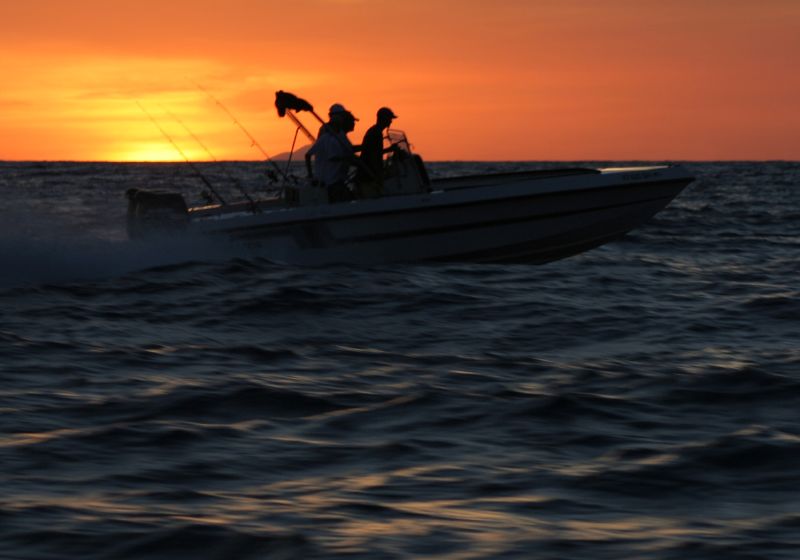 I am glad i don't have to clean sails! Many of the yachts doing crossings come in with dirty sails and even aircraft have trouble on the leading edges of their equipment.
I am glad i don't have to clean sails! Many of the yachts doing crossings come in with dirty sails and even aircraft have trouble on the leading edges of their equipment.